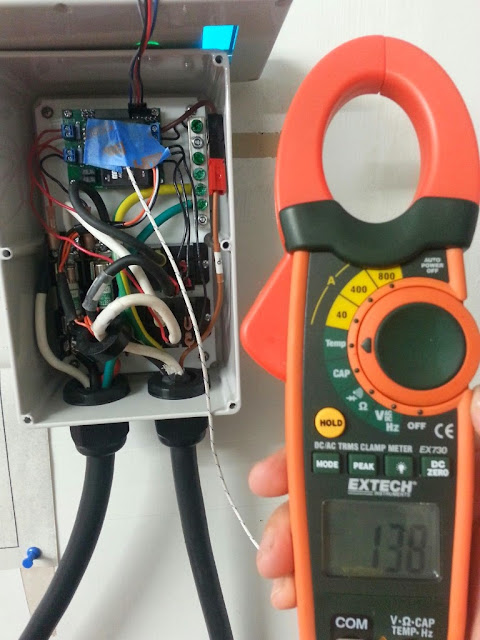Great work Chris! I was hoping someone would develop an app and the code so charging could be checked on via a smart phone. I couldn't swing the payment for the S LEAF so no car wings service, no way to know the charge status unless it's at a charge point public station.
I just ordered my components to build my custom open evse from you. I got interested in open source evse's after seeing the juicebox, but I really like the open support of your products and your website!
I just ordered my components to build my custom open evse from you. I got interested in open source evse's after seeing the juicebox, but I really like the open support of your products and your website!


